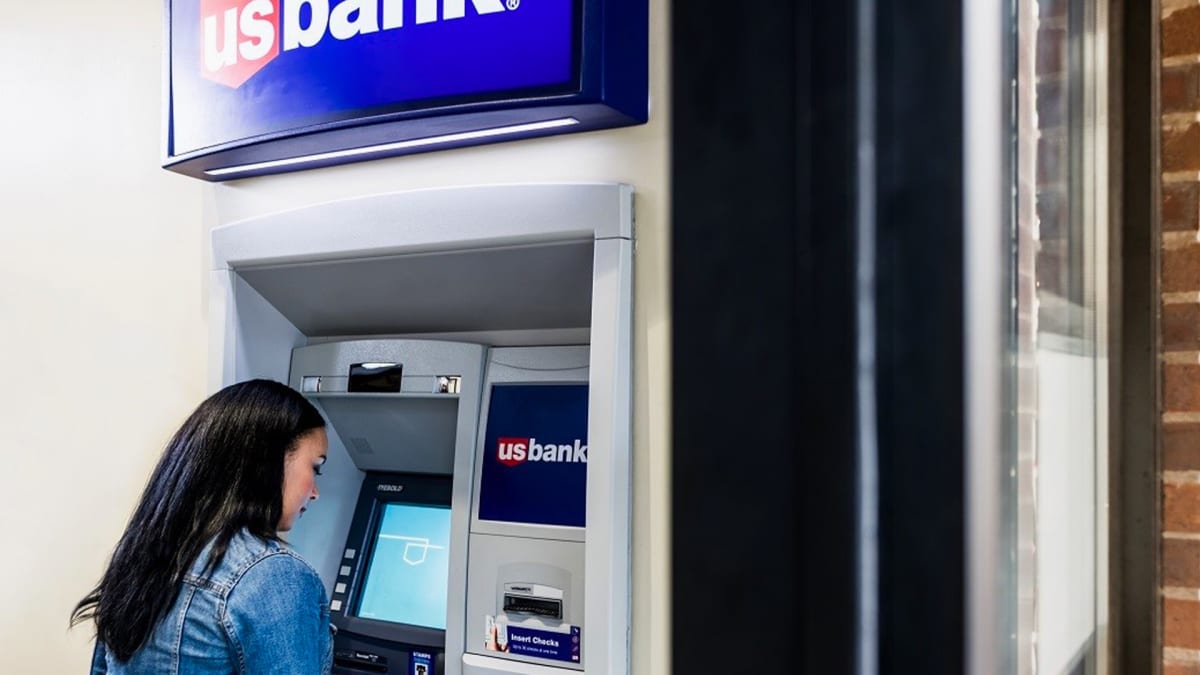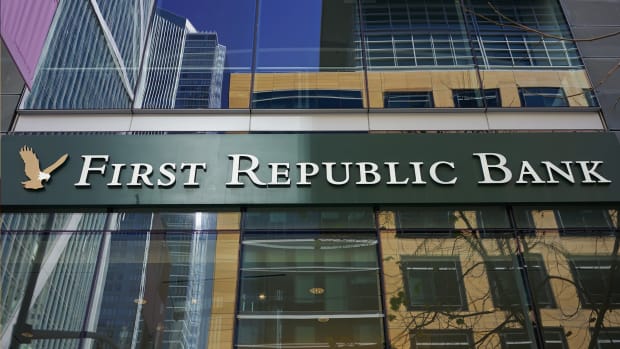
The crisis of confidence that is shaking the banks is not about to subside.
Investors continue to worry about contagion nearly two weeks after the sudden collapse of Silicon Valley Bank, the second-biggest bank failure in American history.
Eyes are particularly on the regional banks because, like SVB (SIVB), they invested in Treasury Bonds and municipal bonds when interest rates were low. But since the Federal Reserve started raising interest rates in the second half of 2021, their portfolios have lost some value, experts say. This decrease in the value of these assets is mainly due to the fact that these banks have not protected themselves against a possible rise in interest rates.
These banks are therefore sitting on losses because they have not yet sold these bonds. SVB had to sell some of the assets in its portfolio to meet withdrawal requests from its clients. The Santa Clara, Calif.-based bank suffered a net loss of $1.8 billion in the transaction. It therefore had to raise money to meet the withdrawals. This announcement triggered a run on the bank, forcing regulators to close the bank on March 10.

'Big Short' Michael Burry Has a Warning
Two days later, regulators also shut down Signature Bank (SBNY), which was also facing a bank run.
The other link between SVB and Signature Bank is that a large majority of their deposits were uninsured, in other words a large part of the accounts had more than $250,000.
The Federal Deposit Insurance Corporation guarantees deposits up to a limit of $250,000.
In a chart, the legendary investor also shows the firms with the most unrealized losses in their portfolios of Treasury bonds and municipal bonds.
Concerns currently revolve around First Republic Bank. But legendary investor Michael Burry has also sounded the alarm on Comerica CMA, the only other bank solidly in the upper right quadrant where both of these measures are above the median.
It appears from the chart/guide, as Burry called it, that Silicon Valley Bank and Signature Bank in New York -- two banks closed by regulators -- were the institutions that had the most uninsured deposits. That means customers holding more than the FDIC insurance limit $250,000 in their accounts.
First Republic is the No. 3 bank most dependent on wealthy customers. If we look at the banks with more than the median 30% in unrealized losses -- Comerica, U.S. Bancorp and Key Bank have among the next highest percentage of uninsured deposits, according to the chart.
At the same time, Comerica's unrealized losses represent 40% of its common equity tier 1 capital, which is a bank's highest-quality capital because it is fully available to cover losses. This percentage is even higher at US Bancorp and Key Bank.
The unrealized losses represent 40% of First Republic Bank's tier 1 capital but about 80% of the bank's customers are uninsured.
For comparison, unrealized losses constituted between 30% and 40% of common equity tier 1 capital for Signature Bank and 120% for SVB.
The hedge-fund manager seems to suggest that First Republic Bank and Comerica which are solidly in the upper right quadrant are vulnerable to bank runs.
The investor is dubbed 'Big Short' by Wall Street because he became a legend after he successfully bet against the subprime mortgages that caused the 2008 financial crisis.
'We Are Adding New Accounts'
US Bancorp rejects these doom scenarios.
The Minneapolis-based bank told TheStreet that not only is there not a run on the bank, but they are growing their business with new customer accounts and deposits.
"Our deposit flows are not only stable, we are adding new accounts and new customers every day," a spokesperson told TheStreet in an emailed statement.
US Bancorp referred to its latest financial filings in which it said that unrealized losses represent about 47% of this tier 1 capital.
The bank is also saying, in its annual regulatory filing, SEC Form 10-K, that 55% of deposits were uninsured as of Dec. 31, 2022.
"U.S. Bank maintains strong capital and liquidity positions, along with a disciplined asset liability management framework, to ensure sound balance sheet actions," the Minneapolis firm said.
The firm received support from Baird analysts, who called US Bancorp a "high-quality regional bank with little to no downside and ~50% upside over time."
Comerica said that "any correlation between Comerica and the recently impacted banks – especially in regard to deposits – is an apples-to-oranges comparison."
The bank added that it "has a more diverse, stable and ‘sticky’ deposit base and we remain well capitalized and highly liquid. In short, it is business as usual at Comerica as we continue to focus on caring for our customers and meeting their financial needs."
Burry's warning is echoed by credit rater Moody's, which warned on March 14 that it was considering downgrading Comerica's rating.
"Today's rating action reflects Comerica's high reliance on more confidence-sensitive uninsured deposit funding, its high amount of unrealized losses in its available-for-sale securities portfolio, as well as a relatively lower level of capitalization," Moody's said.
"Comerica's share of deposits which are above the Federal Deposit Insurance Corp.'s insurance threshold is material, making the bank's funding profile more sensitive to rapid and large withdrawals from depositors."







